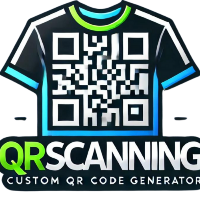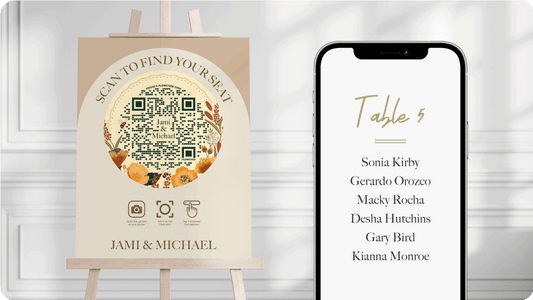
QR codes have taken the world by storm, offering businesses an efficient way to connect with their audience. Whether for marketing campaigns, directing to a website, or facilitating contactless payments, QR codes are invaluable tools in today’s digital landscape. However, creating an effective QR code requires more than just generating an image. Let's dive into some of the best practices for QR code design, ensuring your codes are both visually appealing and functional.
Understanding the Basics of QR Code Design
Before you start designing, it’s essential to understand the fundamental components of a QR code. These include the modules (small black squares), quiet zone (margin around the QR code), and data (information encoded). Each component plays a crucial role in ensuring the QR code is scan-friendly across various devices.
Best Practices for QR Code Design
1. Size Matters
When designing a QR code, size is critical. A QR code that's too small may not get recognized by scanners, and one that's too large may distort the brand's aesthetics. The minimum recommended size for most QR codes is 2 x 2 cm. Always test your QR code on multiple devices to ensure its scanability.
2. Ensure High Contrast
To make sure your QR code is readable, maintain high contrast between the foreground and background colors. Black on white is the standard, but other combinations can work too. Just ensure that the contrast is strong enough to be easily picked up by all scanning devices.
3. Keep It Simple
Complex designs might intrigue you, but they can also make your QR code less functional. Avoid over-complicating the code with unnecessary data or embellishments. Simpler designs are not only easier to scan but also provide a cleaner look.
4. Customize Wisely
Customizing QR codes with brand colors and logos can enhance branding. Nevertheless, ensure logos are placed centrally and do not obstruct the scanning area. Utilize color gradients and subtle design elements while maintaining the clarity of the QR code.
5. Optimize for Error Correction
QR codes come with error correction capabilities, allowing them to be scanned even if a portion is damaged. Higher error correction levels are useful for customization since they ensure functionality with slight design alterations. However, bear in mind that increasing error correction reduces the space available for data.
Local Optimization for QR Scanning
If you're aiming to optimize your QR code usage for local businesses, ensure your QR codes link to location-specific URLs or offer localized deals. Providing value directly relevant to the local audience can increase scan rates and engagement.
Testing and Feedback
After completing your design, thorough testing is crucial. Utilize different devices and scanning apps to ensure the QR code functions as intended. Gather feedback from others to validate its accessibility and visual appeal.
Get a Free Quote for QR Code Design
Are you ready to enhance your brand's connectivity with expertly designed QR codes? We're here to help! Reach out to us today for a free quote and discover how our design services can elevate your marketing strategies.
Integrating these best practices for QR code design ensures your codes are not only a tool for information sharing but also a seamless extension of your brand identity. Keep them effective, keep them simple, and always ensure they function flawlessly across all platforms.
📞 Call Us: (833) 723-2800
✉️ Email: customercare@qrscanning.com
🌐 Visit Us: www.qrscanning.com


